On 4 March 1933, a two-handed vote - to use today's terms - took place in the National Council. Members wrote 'yes' or 'no' and 'abstained' on signed sheets of paper. When the ballot box was emptied and the votes counted - the subject of the vote is irrelevant - it emerged that one Social Democrat had cast and signed two ballots. This could have been a mistake, but the traditional balance between the two main parties and the right-wing orientation of the minority could also have caused the Social Democrat to feel nervousness underpinned by despair.
It is hard to imagine a more naive deception, but a resumption of the vote was necessary. The speaker from the Christian Democrats and the deputy speakers from the Social Democrats and the All-German party resigned because the MPs in these positions were not allowed to vote.
After the resignation, they were able to, but there was no one to run the session and order a resumption. Chancellor Dollfuss accepted the gift of fate by recognising that the parliament had dissolved itself - the not-so-assertive president did not protest - and henceforth the building of the State of the States did not require the approval of the National Council.
 SIGN UP TO OUR PAGE
SIGN UP TO OUR PAGE

In October 1933, the Nazi Rudolf Dertil fired two missed shots at Chancellor Dollfuss, which could be seen as a foreshadowing of later events.
On 25 July 1934, a detachment of 150 Austrian SS men dressed in Bundesheer (Austrian army) and police uniforms forced their way - or rather entered, as they knew the password for security - into the Chancellor's Office. Shortly after entering the office, SS man Otto Planetta shot the Chancellor in the neck and shoulder. The attackers did not allow Dollfuss medical assistance or a priest, conditioning him to relinquish his office. The Chancellor is reported to have said: " I will not give up Austria to those who do not want it" and bled to death within two hours.
Despite the surprise, the response of the government forces was decisive. The Chancellor's Office and the radio stations of Radio Vienna were recaptured, Otto Planetta was hanged and other death sentences were passed. The fighting, however, lasted several days and resulted in enormous losses - some 250 dead. Benito Mussolini immediately pulled several divisions up to the Brenner Pass, which bordered Austria, a sign to the Austrian Nazis, but also to Hitler, that he would not allow a coup.
The Nazi putsch had been prepared and coordinated from Berlin, but in the face of failure, Hitler - then still a pragmatist - decided that this was not the moment and recoiled and even denounced it. When the right moment came, in March 1938, the Anschluss was supported by 99% of Austrians without a single shot being fired. These are results from the Goebbels press, but researchers admit that in reality it may have been only slightly less.
After the Second World War, the victorious powers - just as after the First - would not allow a Europe with a combined Austria and Germany, and Pan-Germanic yearnings also left the Austrians themselves. They served not only in the Wehrmacht, but also in the SS and the Gestapo. Not only was Hitler an Austrian, but also Eichman and Kaltenbrunner.... More comfortable than pangermanism was the position of Hitler's first victim.
– Krzysztof Zwoliński
TVP WEEKLY. Editorial team and jornalists
– Translated by Tomasz Krzyżanowski
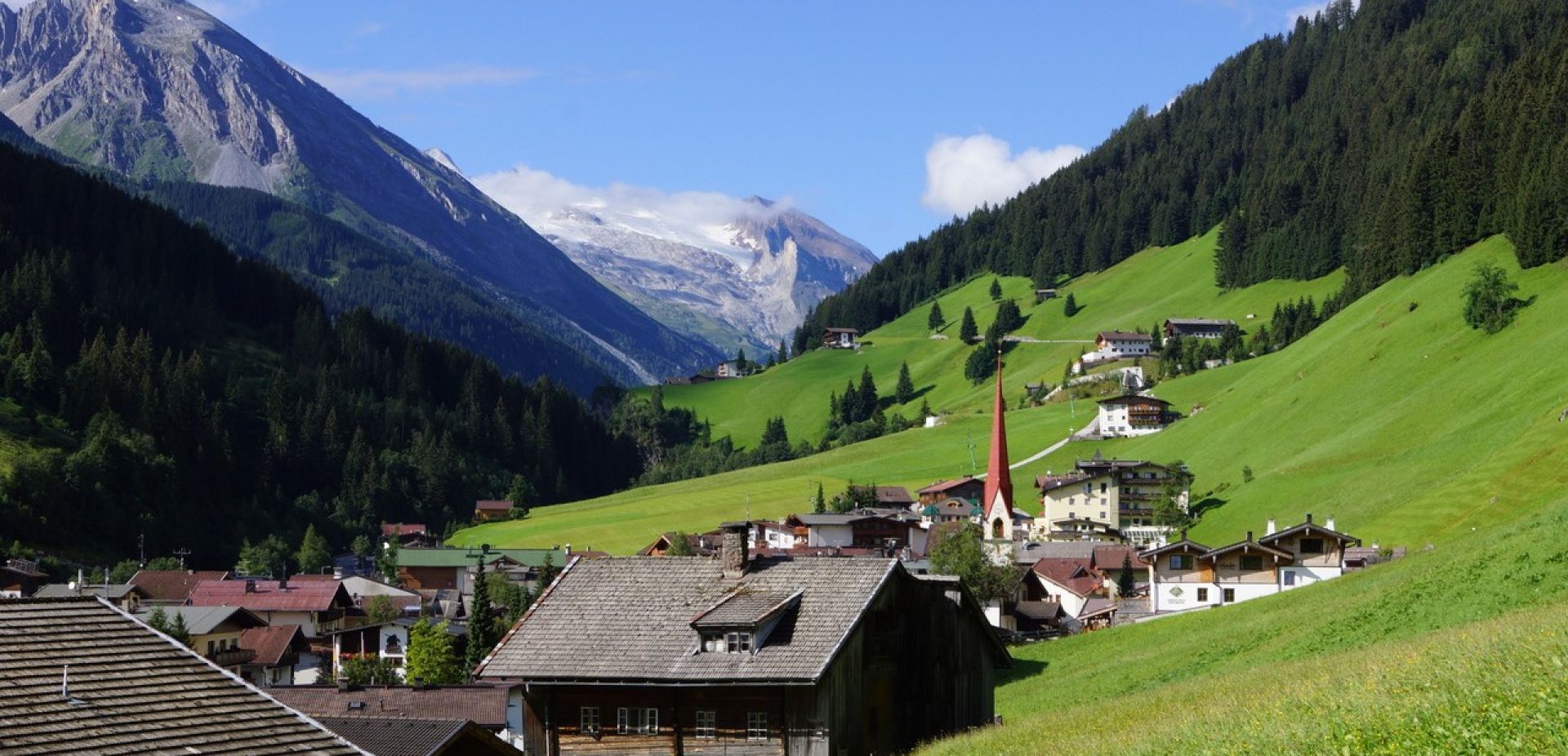
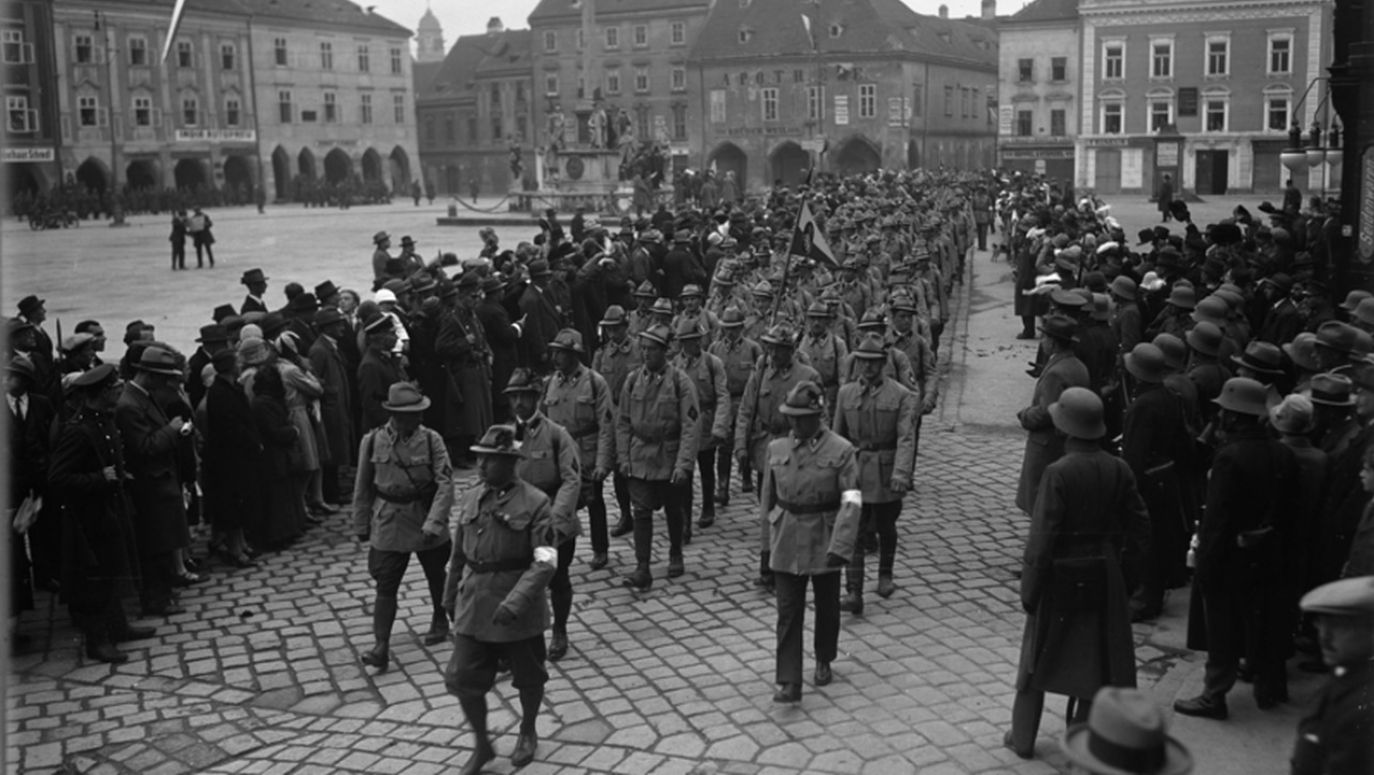
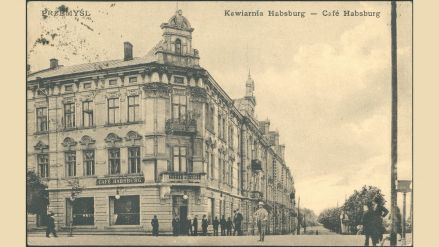
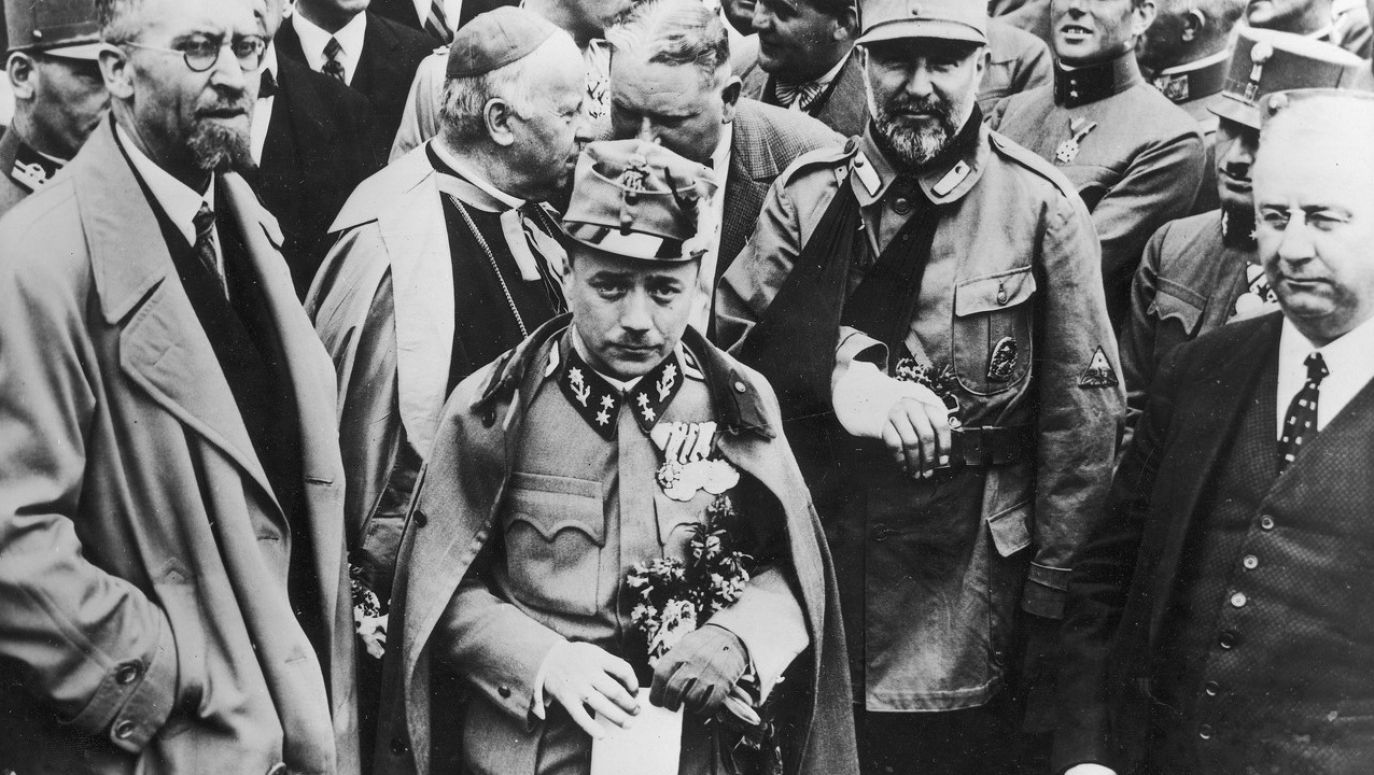
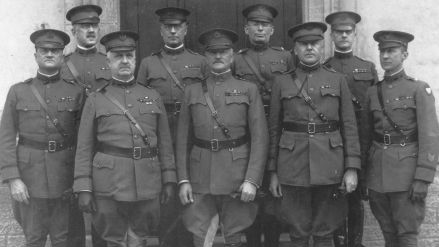
 SIGN UP TO OUR PAGE
SIGN UP TO OUR PAGE
 In October 1933, the Nazi Rudolf Dertil fired two missed shots at Chancellor Dollfuss, which could be seen as a foreshadowing of later events.
In October 1933, the Nazi Rudolf Dertil fired two missed shots at Chancellor Dollfuss, which could be seen as a foreshadowing of later events. 



